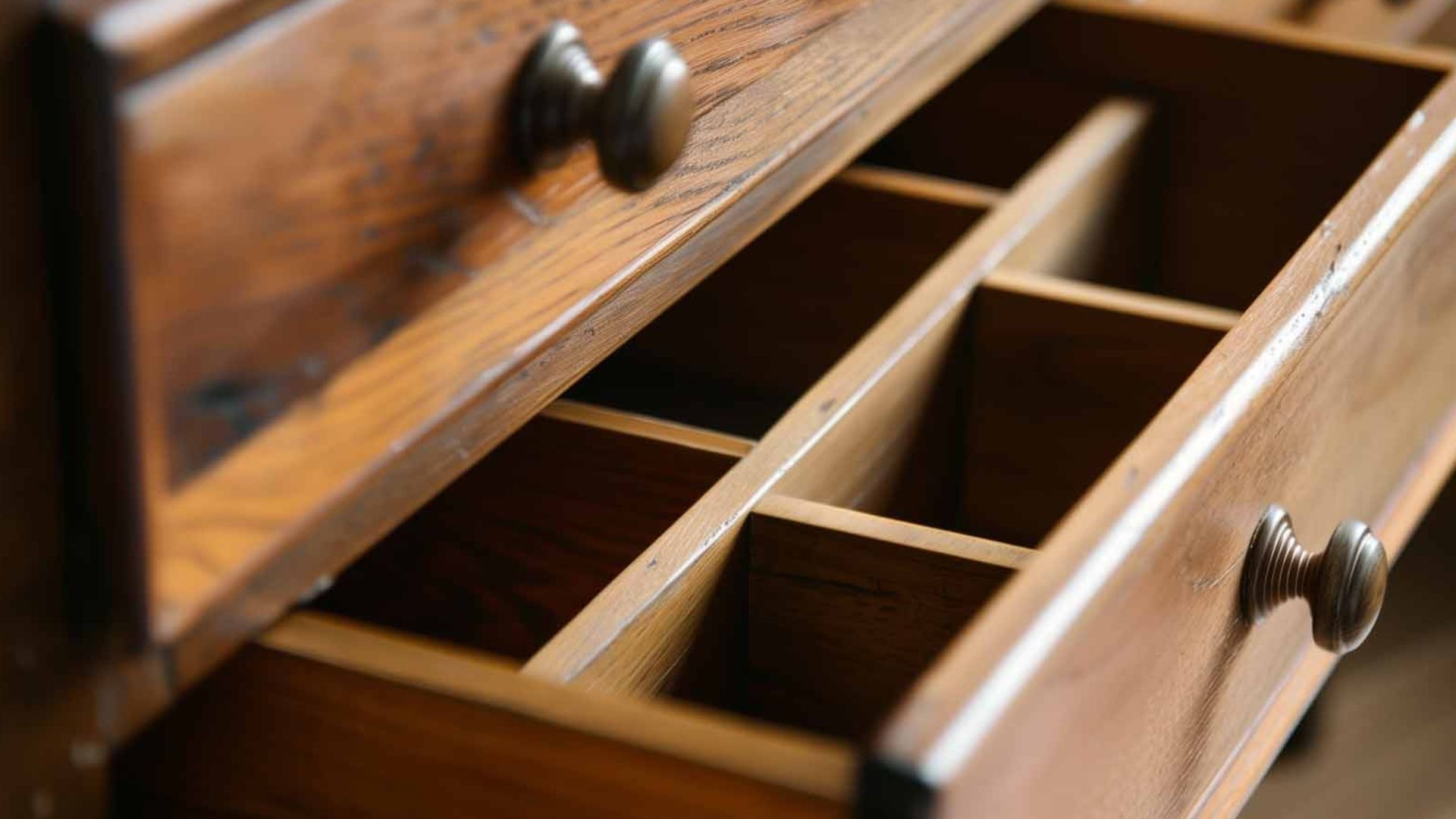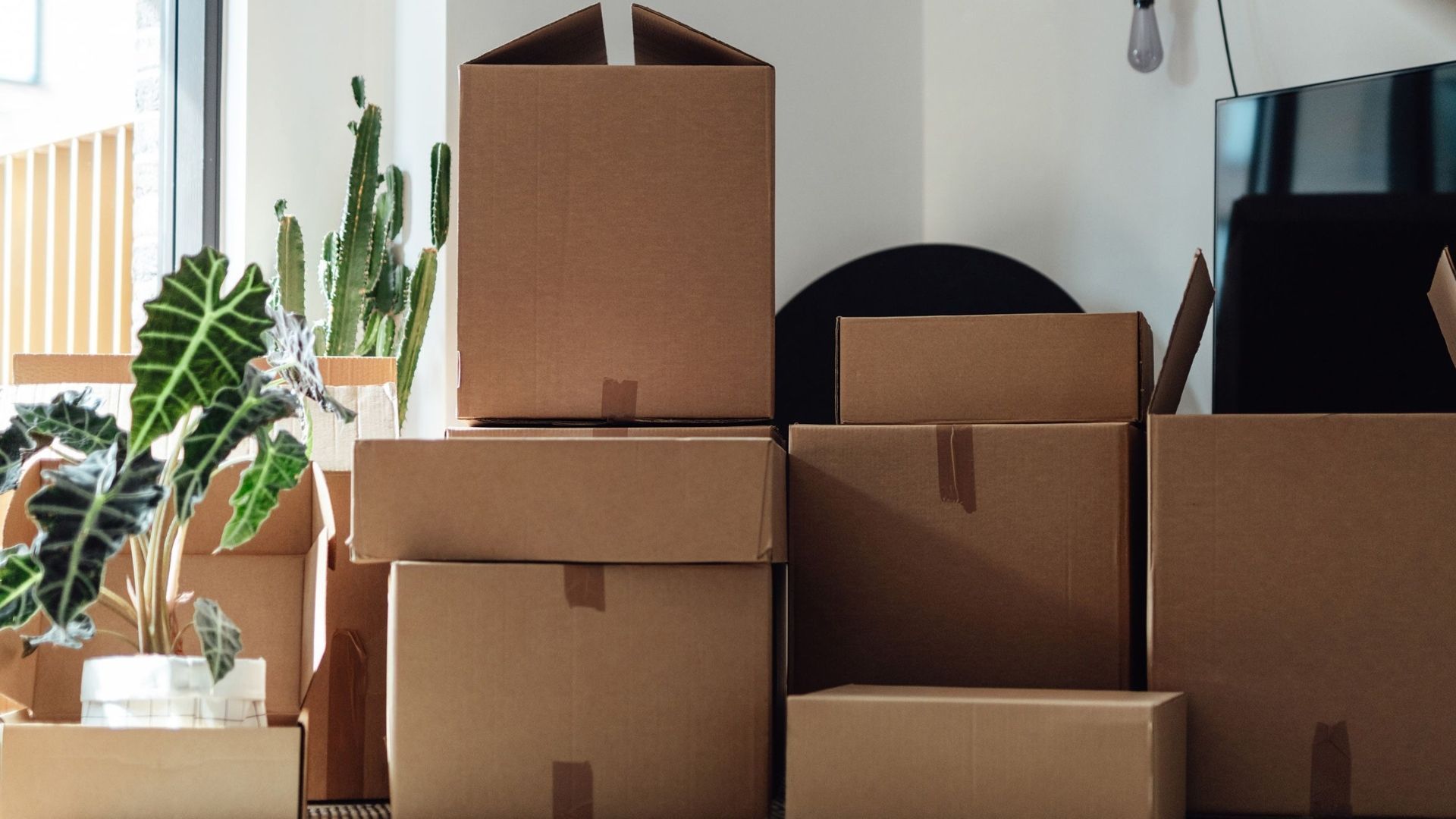How to Pack Odd-Shaped Items for Moving?
You can pack odd-shaped items for moving safely with the right supplies and techniques. The key is using proper padding, custom-fit boxes, and taking apart items when possible. This guide will show you exactly how to protect your unique belongings during your move.
Moving day brings many challenges, but packing items that don't fit in regular boxes can feel like solving a puzzle. Whether it's your grandmother's antique lamp, a curved mirror, or sports equipment, these special pieces need extra care. With the right approach, you can keep your treasured belongings safe on their journey to your new home.
Why Odd-Shaped Items Need Special Care
The U.S. Census Bureau reports that Americans are moving at historically low rates, but when they do move, protecting belongings is crucial. Moving companies report that roughly 10% of packages get damaged in the mail, and odd-shaped items face even higher risks. These items don't fit snugly in standard boxes, creating space for shifting and damage during transport.
Common problems with irregular items include:
- Sharp edges that can pierce through boxes
- Hollow spaces that make items fragile
- Weight distributed unevenly
- Parts that stick out and get caught
- Delicate materials that crack or break easily
The good news? Much of shipping damage can be avoided by using standard processes. Taking time to pack these items properly saves money and heartache later. According to research from Yale University's preservation guidelines, proper packing techniques are essential for protecting fragile and irregularly shaped items during transport.
Essential Packing Supplies for Odd-Shaped Items
Before you start packing, gather these key supplies:
Basic Materials:
- Various sizes of sturdy cardboard boxes
- Bubble wrap (lots of it!)
- Packing paper or newspaper
- Foam sheets and packing peanuts
- Strong packing tape
- Scissors and box cutter
Extra Protection:
- Old towels and blankets
- Plastic wrap or stretch film
- Foam corner protectors
- Zip-lock bags for small parts
- Permanent markers for labeling
For Heavy Items:
- Moving straps
- Furniture sliders
- Extra-strong boxes or wooden crates
Pro tip: Buy more supplies than you think you need. It's better to have extra padding than to run out halfway through packing.
Step-by-Step Packing Process
Step 1: Take Things Apart When Possible
The first rule of packing odd-shaped items is simple: break them down if you can. Remove legs from tables, take off lamp shades, and separate detachable parts. This makes everything easier to pack and less likely to break.
Keep all screws, bolts, and small pieces in labeled zip-lock bags. Tape these bags to the main item or pack them together in one box. You'll thank yourself later when you're trying to put everything back together.
Step 2: Wrap Each Item Carefully
Start with the most delicate parts. Wrap sharp edges, corners, and protruding pieces with extra bubble wrap. Think of bubble wrap as a cushion that creates a smooth, round shape around your item.
For fragile items like ceramics or glass:
- Wrap narrow parts first to make them thicker
- Add extra padding around weak spots
- Keep wrapping until you can't feel the original shape
- Secure everything with packing tape
Step 3: Choose the Right Box
Pick a box that fits your item's largest dimensions, even if it leaves extra space. It's better to have too much room than too little. If your item won't fit any standard box, you'll need to get creative with custom solutions.
For very large or oddly shaped items, consider these options:
- Combine two boxes to make a larger one
- Flatten boxes and wrap them around your item
- Use wooden crates for extremely valuable pieces
Step 4: Add Protective Padding
Line the bottom of your box with towels, blankets, or several layers of bubble wrap. Place your wrapped item inside and fill all empty space with cushioning materials.
The item should fit snugly with no room to move around. Give the box a gentle shake - if you hear shifting, add more padding.
Step 5: Seal and Label Everything
Use strong packing tape to seal all seams and edges. Reinforce the bottom of the box with extra tape since it will carry the most weight.
Label your boxes clearly with:
- "FRAGILE" in big letters
- "THIS SIDE UP" if needed
- "HANDLE WITH CARE"
- What's inside the box
- Which room it belongs in
Packing Tips for Specific Item Types
Hollow Objects
Stuff cushioning materials inside hollow spaces for extra support. Empty vases, sculptures, and decorative bowls become much stronger when filled with packing paper or bubble wrap.
Round Items
Round objects like balls, vases, or cylindrical items need special attention. Make sure they fit properly without bulging out the sides of the box. Use extra padding to prevent rolling and shifting.
For large cylindrical items like rug rolls, you can skip the box entirely. Wrap them in kraft paper and place them in large plastic bags instead.
Long Objects
Items like fishing rods, golf clubs, or long mirrors are prone to snapping. Add support along their length by taping thin pieces of foam or cardboard as braces. Pay special attention to the middle section and weak points.
Items with Sharp Edges
Chandeliers, artwork with frames, and decorative objects with pointed parts need extra care. Wrap sharp edges first, then cover the entire item. Create a "fat cushion" around dangerous points that could pierce through packaging.
Creating Custom-Sized Boxes
Sometimes standard boxes just won't work. Here's how to make your own:
Making an Extra Tall Box
- Get two boxes that are each about half the height you need
- Put your item in the first box
- Tape the flaps up to create an open-topped box
- Slide the second box over the top
- Seal the two boxes together with tape
Making an Extra Wide Box
- Take a large box and tape it shut
- Cut along one long side to create an opening
- Put your item inside
- Take another identical box and cut a flap on one side
- Slide the second box over the first
- Seal them together
Wrapping Method
For items that won't fit any box, flatten large cardboard pieces and wrap them around your object like a custom shell. Use multiple layers and lots of tape to create a protective cocoon.
When to Use Professional Packing Services
Some items are worth the investment in professional help:
- Valuable antiques or artwork
- Large, heavy furniture pieces
- Extremely fragile collectibles
- Items you can't replace
- Things you're not confident packing yourself
At Last Stop Moving, our experienced team knows how to handle awkward items safely. We offer professional packing services that include custom crating for your most precious belongings.
According to the Bureau of Transportation Statistics, freight transportation involves complex logistics systems where proper packaging becomes critical for preventing damage. Professional packers have specialized equipment and years of experience. They can build custom wooden crates, use industrial-grade materials, and provide insurance coverage for your items.
Loading and Transport Tips
Packing is only half the battle. Here's how to handle your boxes safely:
Loading the Moving Truck:
- Load heavier, odd-shaped items first
- Place them low and toward the front
- Use moving straps to secure everything
- Don't stack heavy boxes on top of fragile ones
Handling Guidelines:
- Always lift with your knees, not your back
- Get help with heavy or awkward items
- Move slowly and carefully
- Clear pathways before carrying large items
During Transport:
- Check that everything is secured before driving
- Take corners slowly and avoid sudden stops
- Consider climate-controlled transport for valuable items
Research from Duke University's Environmental Studies program shows that in 2018, over 13.5 billion packages were delivered within the United States, highlighting the massive scale of shipping operations and the importance of proper packaging techniques.
Unpacking Your Odd-Shaped Items
When you arrive at your new home:
- Unpack fragile items first so they're not sitting around where they could get bumped
- Check each item carefully for any damage that may have occurred
- Keep your packing materials until everything is unpacked and inspected
- Take photos of any damage immediately for insurance purposes
- Find permanent homes for your items away from high-traffic areas
Cost-Saving Tips
Packing odd-shaped items doesn't have to break the bank:
- Collect free boxes from local stores, especially liquor stores and electronics retailers
- Use household items like towels and blankets as padding instead of buying expensive materials
- Ask friends and family to save packing materials for you
- Reuse materials from packages you receive throughout the year
- Compare prices on packing supplies from different stores
Common Mistakes to Avoid
Don't make these costly errors:
- Using too little padding - When in doubt, add more cushioning
- Ignoring weight limits - Boxes have weight limits for a reason
- Forgetting to label - You'll regret not marking fragile boxes clearly
- Packing items too tightly - Compression can damage items just like impacts
- Rushing the process - Take your time to do it right the first time
Insurance and Protection
Consider getting extra coverage for valuable odd-shaped items. In the U.S. alone, shipping damage results in about $1 billion in losses annually, making insurance a smart investment. The Federal Motor Carrier Safety Administration (FMCSA) strongly recommends that consumers choose Full Value Protection when moving household goods rather than accepting limited liability coverage.
Your options include:
- Moving company insurance
- Homeowner's insurance coverage
- Third-party moving insurance
- Professional appraisals for valuable items
Check what your current policies cover before your move. Some valuable items may need special riders or additional coverage.
Making Your Move Easier
Packing odd-shaped items takes extra time and effort, but the results are worth it. When you see your grandmother's lamp arrive in perfect condition or your sports equipment ready to use, you'll be glad you took the extra care.
Remember that Edmonton movers like Last Stop Moving are here to help when you need professional assistance. We understand that every item in your home has value, whether it's worth $10 or $10,000.
Final Thoughts
Packing odd-shaped items for moving might seem tricky at first, but it's totally doable with the right approach. Start early, gather plenty of supplies, and don't be afraid to get creative with your packing solutions.
The most important thing is taking your time and being thorough. Your belongings have made it through life this far - with proper packing, they'll make it safely to your new home too.
If you're planning a move in the Edmonton area and need help with packing or local moving services, contact Last Stop Moving for a free estimate. Our experienced team can help make your move smooth and stress-free, handling even your most challenging items with care.
Ready to get started? Gather your supplies, take a deep breath, and remember - every successful move starts with good packing. Your odd-shaped items will thank you when they arrive safe and sound at your new home.



